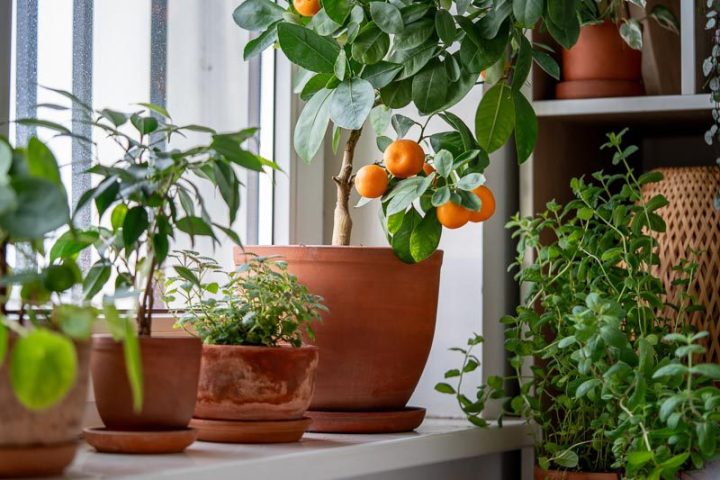
Overwintering plants
A way of protecting potted plants through winter, overwintering keeps plants alive and healthy and is sometimes essential for their survival.
With consistent frosts and hard winds creeping in, this might be the solution to leave winter and enter summer with a lively, blooming garden. Plants can struggle with the temperature drop, such as those in the citrus or fern families, while some can withstand the cold. Even so, caring for your potted plants in winter is essential, especially in a notoriously cold Canterbury, and for pots in outdoor spaces with little shelter.
Often, you can tell if a plant is battling against the weather by its foliage. Discolouration, frostburn, and windburn are all indicators of sensitivity to the cold. Research should always come first, to ensure the best possible pathway to overwintering for the plant in question.
Seek a cold or shade frame, perhaps the oldest trick in the book for overwintering plants, especially for those you harvest from.
Use sheltered parts of your backyard, such as a side alleyway, where the house and fence can offer protection. In extreme cold, consider wrapping the pot with bubble wrap or horticultural fleece, or bringing it inside into spaces like the garage or a spare room, ensuring it can get enough light.
For overly sensitive species, consider relocating them to a sunny spot by a window. In many cases, the exposure a plant has received affects its survival, too. For example, a new plant raised in a nursery will likely not last a week, let alone the winter if left outside. It is best to condition the plant to colder temperatures slowly and harden it for the next season.



